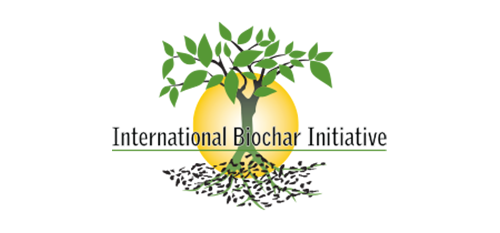Optimizing BioChar for Soil Health and Plant Growth
The Biochar should ideally be placed near the soil’s surface in the root zone, where the bulk of nutrient cycling and uptake by plants takes place. In cases of new landscaping or construction areas, deeper placement is preferable. The likelihood of wind erosion is significantly reduced when pre-mixed with compost, watered down and thoroughly incorporated into the soil.
Please Note: Biochar is not a fertiliser, but rather a nutrient carrier and a habitat for microorganisms. Our Biochar is like a high performance battery which must be fully charged before you can use it. First of all, Biochar needs to be inoculated (charged) to become biologically active in order to efficiently utilise its soil-enhancing properties. There are numerous methods of activating and producing substrates similar to terra preta aside from mixing Biochar with compost. Biochar can also be mixed with liquid manures (Compost Tea) and applied as a slurry.
Our Biochar is extremely porous and has a huge surface area of 300-500 square meters per gram. Due to its high porosity, Biochar can incorporate up to six times its own weight in water and dissolved nutrients. This property is called adsorption capacity (AC) and depends on the pyrolyzed biomass and the pyrolysis temperature. The highest adsorption capacity of Biochar is achieved within the temperature range of 450 ° C to 700 ° C.
Another important feature regarding the particular nutrient dynamics of Biochar is its high cation exchange capacity (CEC). The CEC is a measure of the ability to bind positively charged ions (cations) on Biochar’s surface and make them available later, under appropriate conditions, to plants and microorganisms. While CEC depends on the surface of Biochar, it is also a chemical value, which increases through oxygen and contact with the soil and reaches its maximum value only after some time. A high CEC prevents the leaching of mineral nutrients, such as organic nutrients, and assures high nutrient availability. Further, a high CEC also binds toxic molecules, thereby protecting the soil.
The combination of Biochar’s high AC and CEC make it a perfect nutrient carrier. Microorganisms find ideal habitats in and around the Biochar through these absorbed nutrients, which, in turn, benefits the entire soil microbial life and promotes the potential for symbiotic microorganisms and plant roots.

















